Growing Tea From Seed – Tips For Germinating Tea Seeds
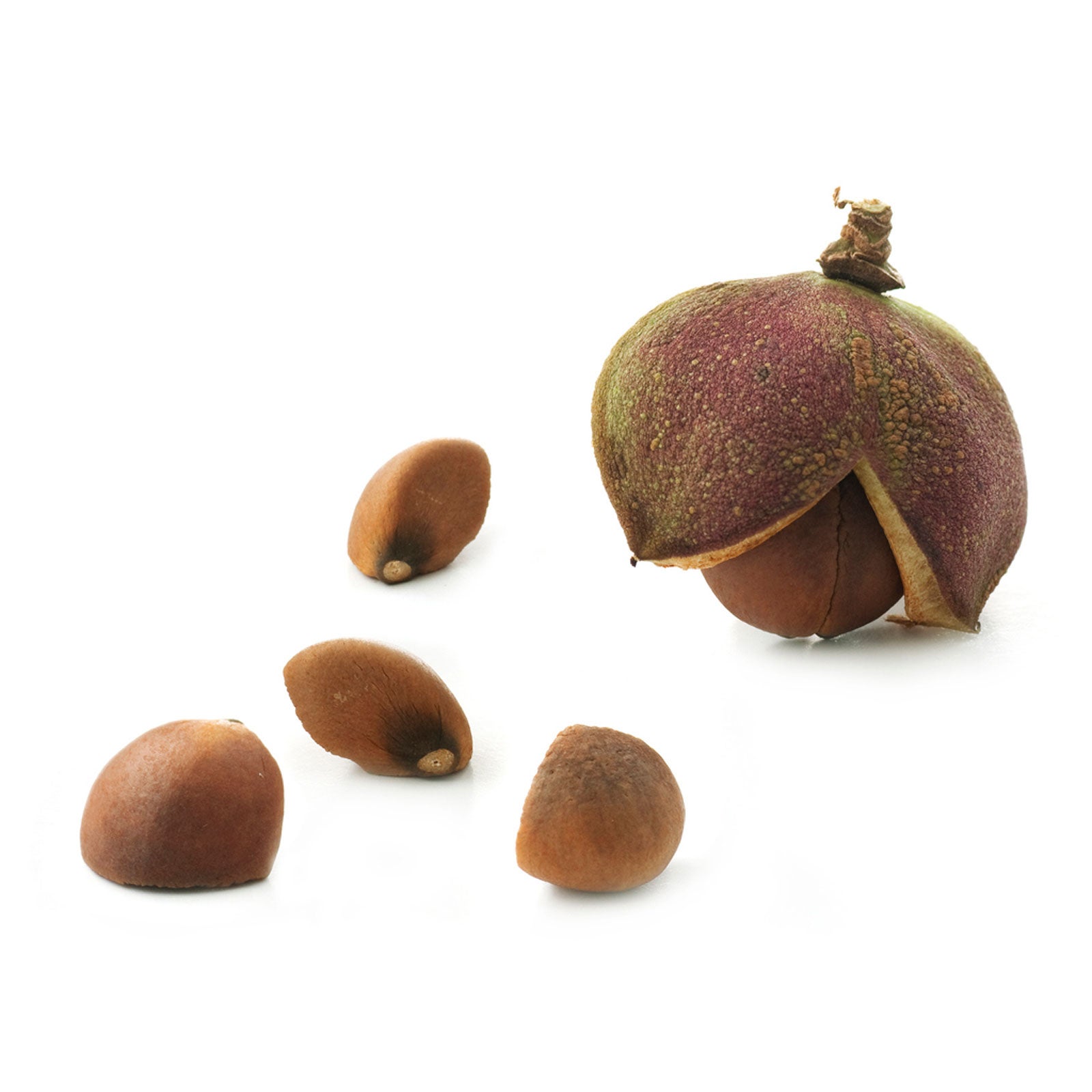
Tea is arguably one of the most popular beverages on the planet. It has been drunk for thousands of years and is steeped in historical folklore, references, and rituals. With such a lengthy and colorful history, you might want to learn how to plant tea seeds. Yes, you can grow a tea plant from seed. Read on to learn about growing tea from seeds and other tips regarding tea plant seed propagation.
About Tea Plant Seed Propagation
Camellia sinensis, the tea plant, is an evergreen shrub that thrives in cool, moist regions where it attains heights of 20 feet (6 m.) with a broad 15-foot (about 4.5 m.) wide canopy.
Growing tea from seeds is best accomplished in USDA zones 9-11. While tea plants are usually propagated via cuttings, it is possible to grow a tea plant from seed.
Prior to germinating tea seeds, gather fresh seed in the mid to late fall, when the seed capsules are ripe and a reddish-brown color. The capsules will also begin to split open once they are ripe. Crack the capsules open and extract the pale brown seeds.
Germinating Tea Seeds
When growing tea from seeds, the seed must first be soaked to soften the outer hull. Put the seeds in a bowl and cover them with water. Soak the seeds for 24 hours and then discard any “floaters,” seeds that float to the surface of the water. Drain the remainder of the seeds.
Spread the soaked tea seeds on a dish towel or tarp in a sunny area. Mist the seeds with some water every few hours so they don’t dry completely. Keep an eye on the seeds for a day or two. When the hulls begin to crack, gather the seeds up and sow them immediately.
How to Plant Tea Seeds
Plant the seeds whose hulls have cracked in a well-draining potting medium, half potting soil, and half perlite or vermiculite. Bury the seed about an inch (2.5 cm.) under the soil with the eye (hilum) in a horizontal position and parallel to the soil’s surface.
Gardening tips, videos, info and more delivered right to your inbox!
Sign up for the Gardening Know How newsletter today and receive a free copy of our e-book "How to Grow Delicious Tomatoes".
Keep the seeds uniformly moist but not sodden in an area with temperatures that are consistently 70-75 F. (21-24 C.) or atop a germination mat. Cover the germinating tea seeds with plastic wrap to retain moisture and warmth.
The germinating tea seeds should show signs of growth within a month or two. When sprouts begin to appear, remove the plastic wrap.
Once the emerging seedlings have two sets of true leaves, tea plant seed propagation has been completed and it’s time to transplant them into larger pots. Move the transplanted seedlings into a sheltered space and light shade but with some morning and late afternoon sun as well.
Keep growing tea plants from seed under this light shade for another 2-3 months until they are about a foot (30.5 cm.) in height. Harden off the plants for a week in the fall prior to transplanting them outside.
Space the seedlings at least 15 feet (about 4.5 m.) apart in moist, acidic soil. To prevent the trees from stress, provide them with light shade during their first summer. If you live in a cool climate, you can grow the tea plants in containers.

Amy Grant has been gardening for 30 years and writing for 15. A professional chef and caterer, Amy's area of expertise is culinary gardening.
-
 Looking For Plants To Give You The Soft And Fuzzies? Try These 5 Fuzzy Leaf Plant Options
Looking For Plants To Give You The Soft And Fuzzies? Try These 5 Fuzzy Leaf Plant OptionsLovers of texture, drama, silver foliage and tactile plants will adore these special sensory garden additions. These fuzzy leaf plant options will leave you all aglow
By Susan Albert
-
 Get Ready For A Summer Of Hummers! Grow These Full Sun Hummingbird Plants and Flowers
Get Ready For A Summer Of Hummers! Grow These Full Sun Hummingbird Plants and FlowersIf you’re lucky enough to enjoy a sunny backyard, make sure you are maxing out on your pollinator opportunities and grow these full sun hummingbird plants and flowers
By Tonya Barnett
-
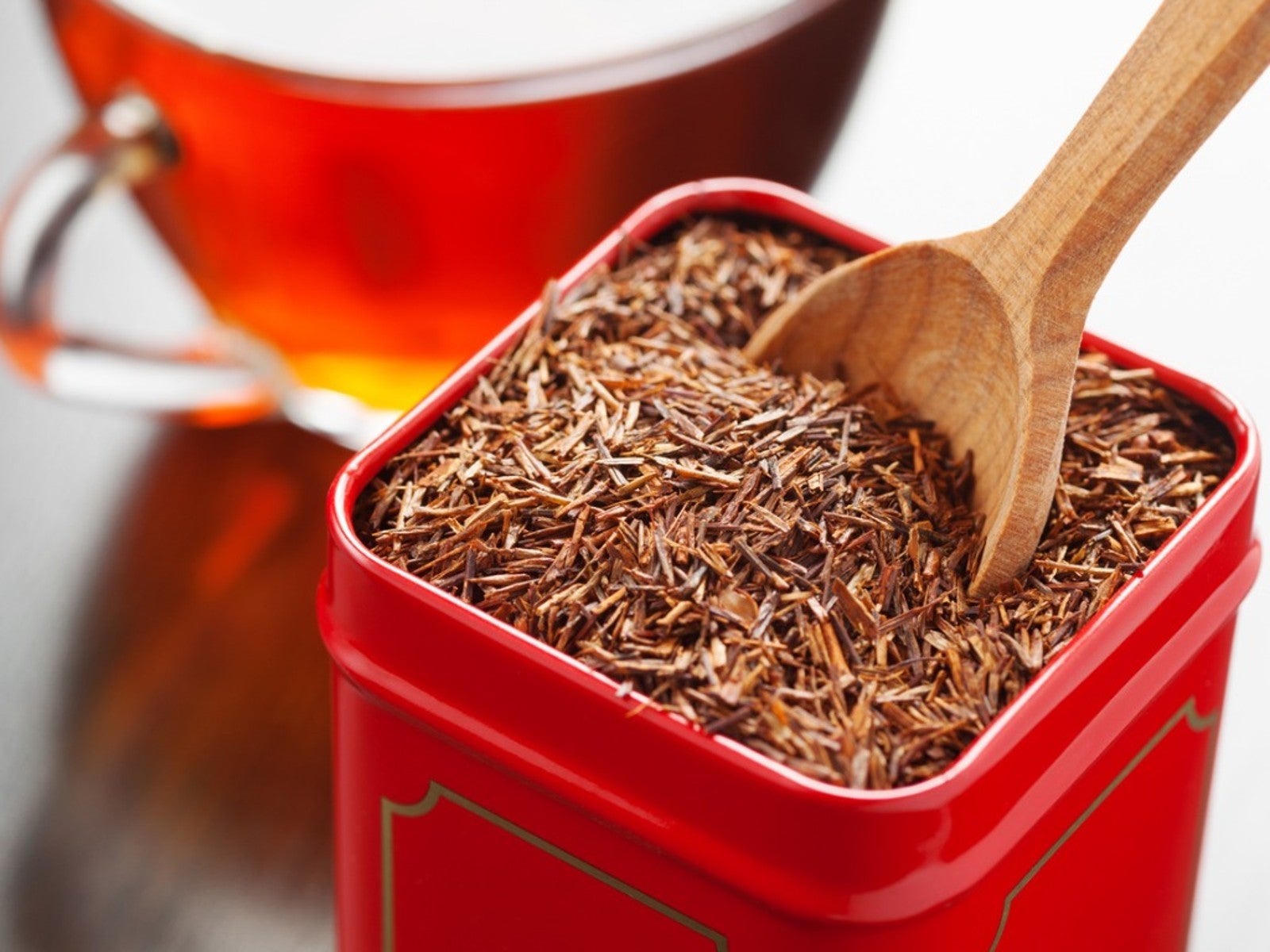 How To Grow Rooibos Tea: Growing Aspalathus Linearis For Rooibos Tea
How To Grow Rooibos Tea: Growing Aspalathus Linearis For Rooibos TeaWhile the health benefits make growing the rooibos tea shrub promising, it can be a bit tricky to cultivate. Read on for more info.
By Laura Miller
-
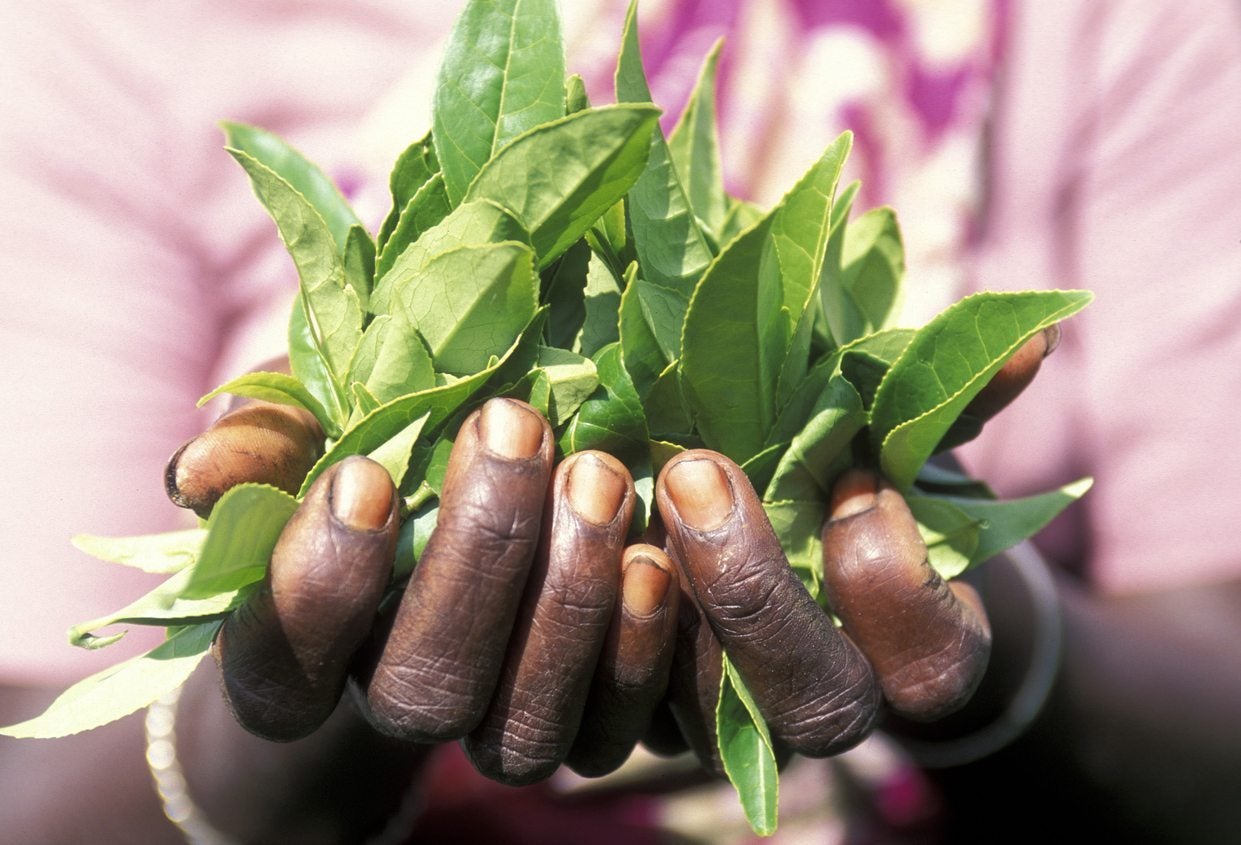 Pruning Tea Leaves – When To Prune A Tea Plant
Pruning Tea Leaves – When To Prune A Tea PlantTea plant pruning is an essential part of the shrub's care if you are interested in harvesting its leaves for tea. If you are wondering how to prune tea plants or when to prune a tea plant, click on the following article for helpful tips.
By Teo Spengler
-
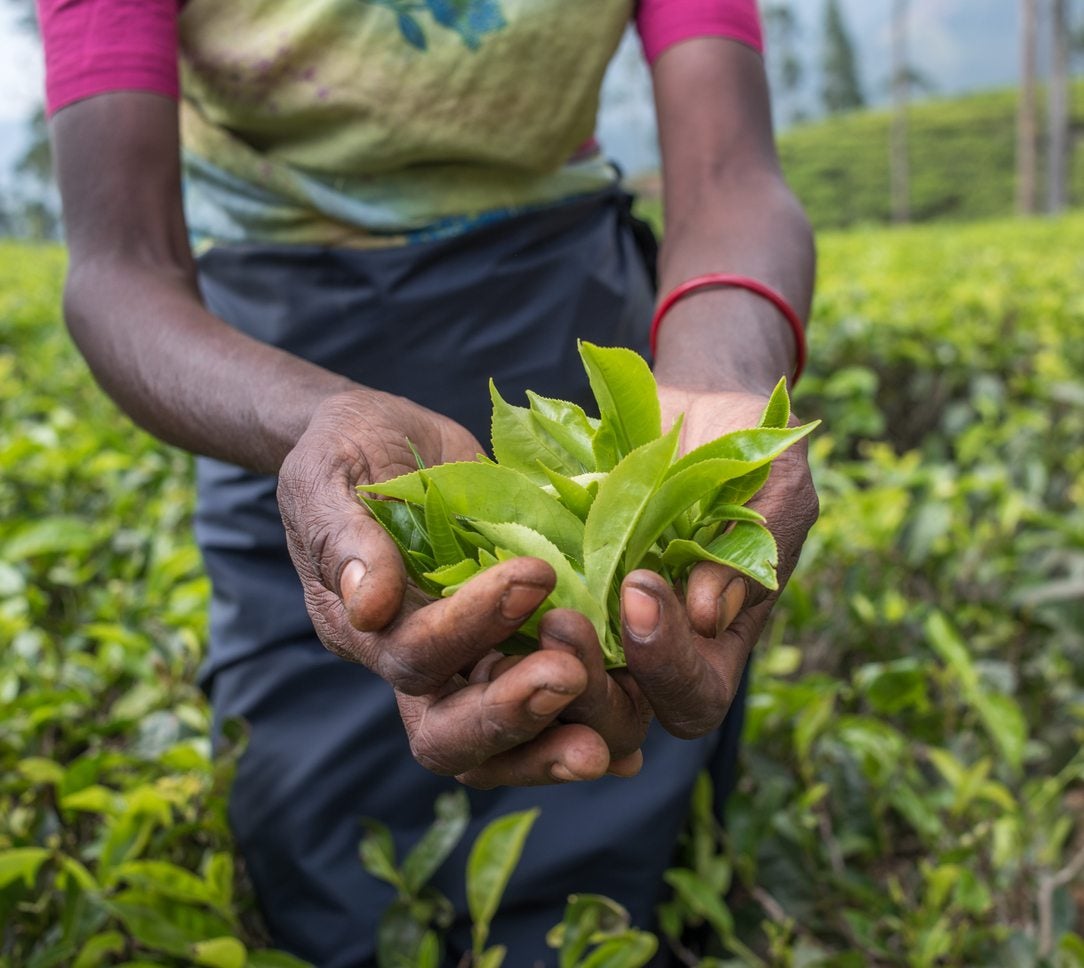 When To Harvest Tea Plants: Information On Tea Plant Harvesting
When To Harvest Tea Plants: Information On Tea Plant HarvestingGrowing the tea plant, Camellia sinensis, allows you to produce your own tea at home. But how do you get from the plant to the cup? Learn more about harvesting tea plants in this article.
By Amy Grant
-
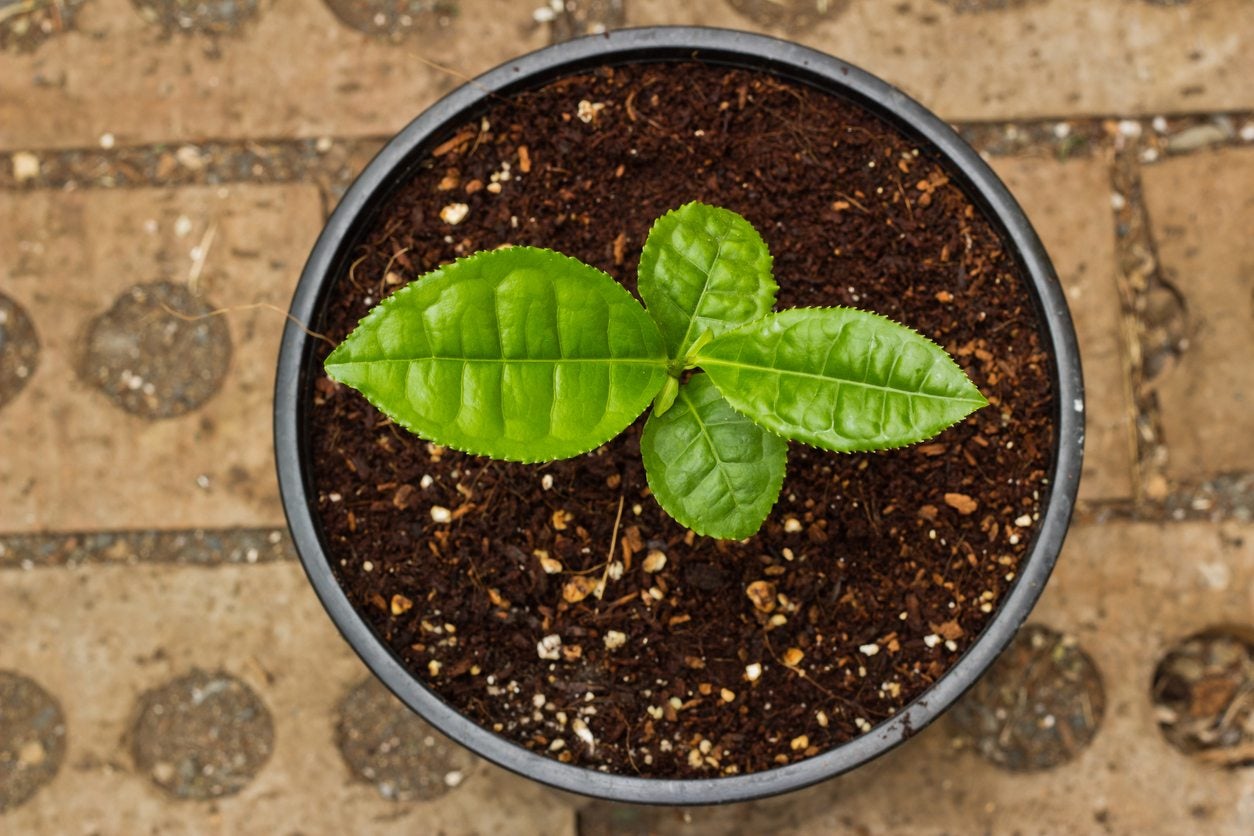 Growing Tea At Home – Learn About Tea Plant Container Care
Growing Tea At Home – Learn About Tea Plant Container CareDid you know that you can grow your own tea? This evergreen shrub can be grown outdoors in USDA zones 7-9 but for those in cooler zones, consider growing tea plants in pots. Learn more in this article.
By Amy Grant
-
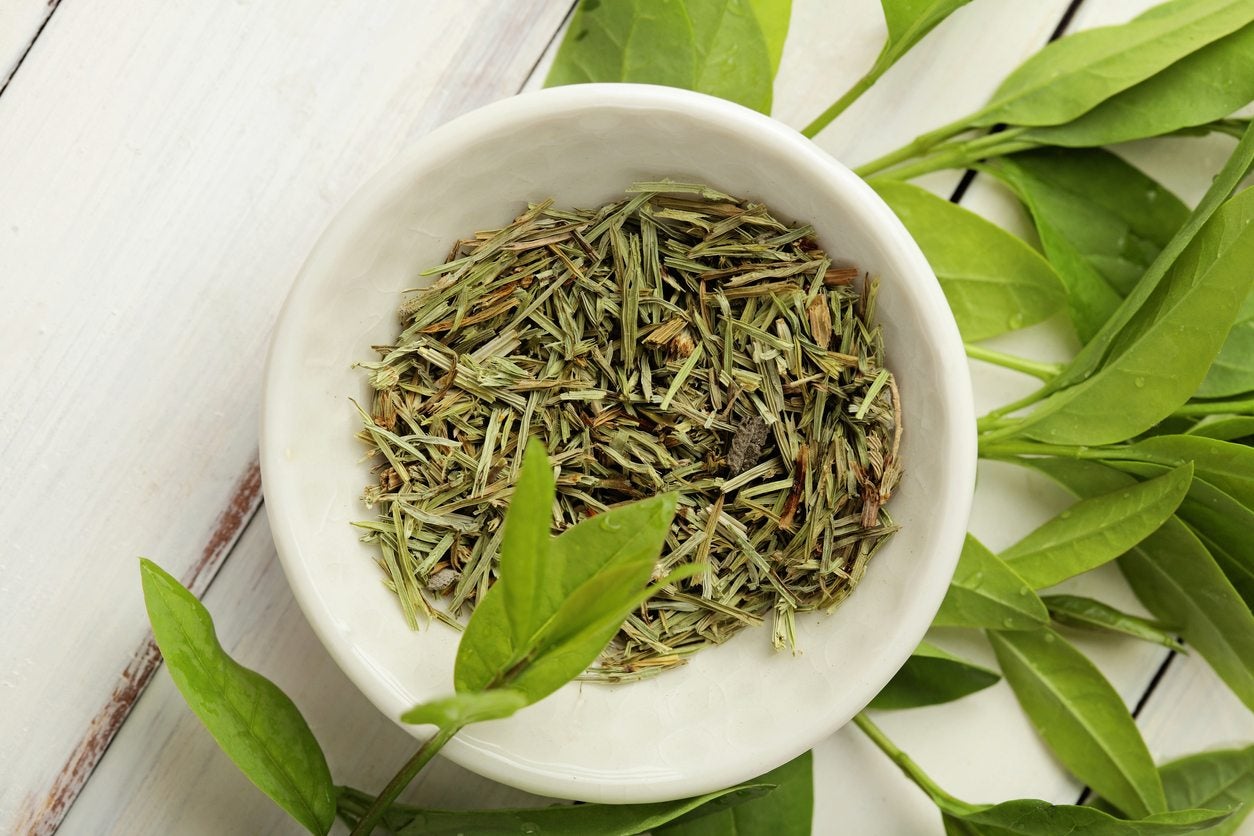 Tea Plant Care: Learn About Tea Plants In The Garden
Tea Plant Care: Learn About Tea Plants In The GardenWhat are tea plants? The tea we drink comes from various cultivars of Camellia sinensis, a small tree or large shrub commonly known as the tea plant. Familiar teas such as white, black, green, and oolong all come from tea plants. Learn more here.
By Mary H. Dyer